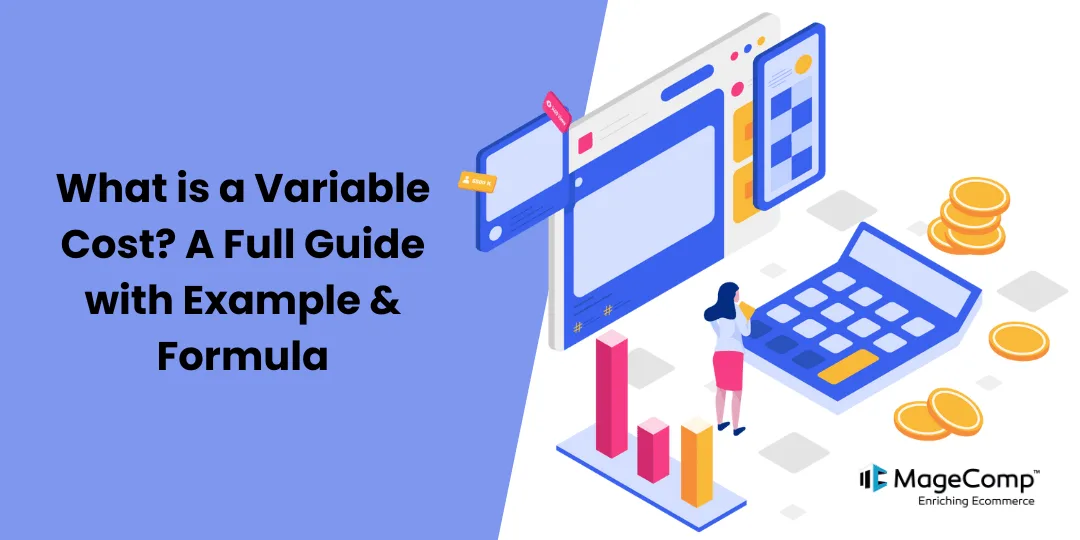Understanding costs is a crucial aspect of running any business. Among the different types of costs, variable costs play a significant role. They are dynamic in nature, varying with the level of production or business activity. This article will provide a comprehensive guide to variable costs, complete with examples and a formula.
Definition of Variable Cost:
Variable costs, also known as direct costs or variable expenses, fluctuate in direct proportion to the output or level of business activity. In simple terms, as production increases, so do variable costs. As production decreases, variable costs decrease accordingly. These costs primarily cover expenses like raw materials, direct labor, and utilities.
Example of Variable Cost:
Let’s understand variable costs with an example. Consider a bakery that produces cupcakes. The variable costs involved in producing these cupcakes include:
- Cost of ingredients like flour, sugar, and eggs.
- Packaging materials such as boxes and wrappers.
- Wages for bakery staff directly involved in cupcake production.
- Utilities like electricity and water used in the baking process.
As the number of cupcakes produced and sold increases, the variable costs associated with producing them also increase. Conversely, if the number of cupcakes produced and sold decreases, variable costs decrease as well.
Below are some common examples of variable costs across various industries:
- Manufacturing: Raw materials, direct labor, packaging materials, and utilities (e.g., electricity, water, and gas) are variable costs in the manufacturing industry.
- Retail: The cost of goods sold (COGS) is a significant variable cost for retailers, representing the cost of purchasing or manufacturing the products they sell.
- Service Industries: In the service sector, variable costs may include hourly wages for service providers (e.g., consultants, lawyers, or accountants), costs associated with the provision of services (e.g., travel expenses for consultants), and variable utility expenses (e.g., water usage in a car wash).
- Agriculture: Variable costs in agriculture include seed, fertilizer, pesticide, and fuel expenses, which vary depending on the quantity of land cultivated and the types of crops grown.
- Transportation: Variable costs for transportation companies include fuel, vehicle maintenance, driver wages (if paid on a per-mile or per-hour basis), and tolls, which all increase with increased business activity.
- Healthcare: In the healthcare industry, variable costs can include the cost of medication and supplies used during patient treatment, as well as the cost of patient care by healthcare professionals (e.g., nurses and doctors).
- Professional Services: For professional services firms, such as marketing agencies or software development companies, variable costs may include salaries and benefits for project-specific contractors or subcontractors hired on a temporary basis.
- Utilities: Utilities, such as electricity, water, and gas, are variable costs for businesses and individuals alike. The amount of utility usage typically increases as business activity or household needs grow.
- Sales and Marketing: In businesses with sales and marketing functions, variable costs can include expenses for advertising, promotions, sales commissions, and incentives, which tend to rise in line with increased sales efforts.
- E-commerce: For online retailers, variable costs include the cost of purchasing inventory, shipping, and handling fees, which vary with the quantity of goods sold.
- Restaurants and Hospitality: Variable costs in the hospitality industry include the cost of ingredients for food and beverages, as well as hourly wages for waitstaff and kitchen staff, which fluctuate based on customer demand.
Formula for Variable Cost:
Variable Cost = Total Production Volume * Variable Cost per Unit
For example, if the variable cost per unit of a product is $5 and the bakery produces and sells 1,000 cupcakes in a month, the total variable cost for producing these cupcakes would be:
Variable Cost = 1,000 cupcakes * $5 per cupcake = $5,000
It’s essential to note that costs aren’t always purely fixed or variable; some have elements of both. These are called semi-variable or mixed costs. An example of a semi-variable cost is the salary of production workers, which may include both a fixed component (base salary) and a variable component (overtime pay).
Conclusion:
Variable costs are a critical component of a business’s cost structure. Understanding them is essential for effective cost management and decision-making. This article has provided an in-depth understanding of variable costs, including their definition, examples, and the formula for calculation. Remember, variable costs are a dynamic aspect of business, fluctuating with production levels, and they play a significant role in determining a business’s profitability.
Related Article –





